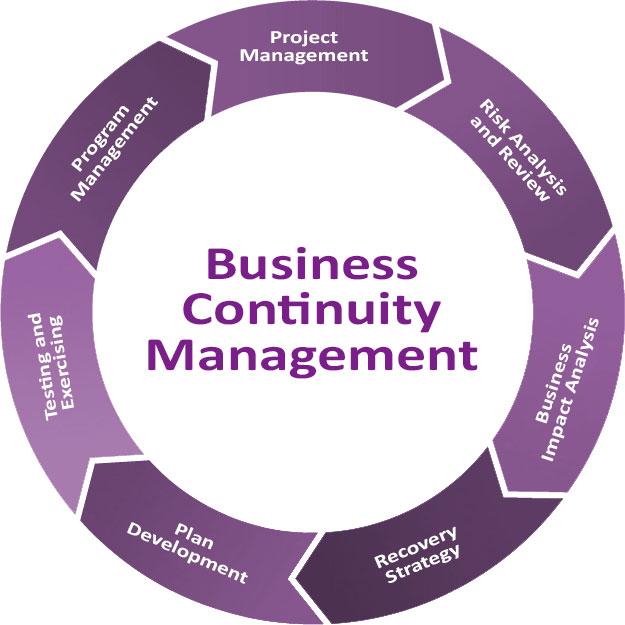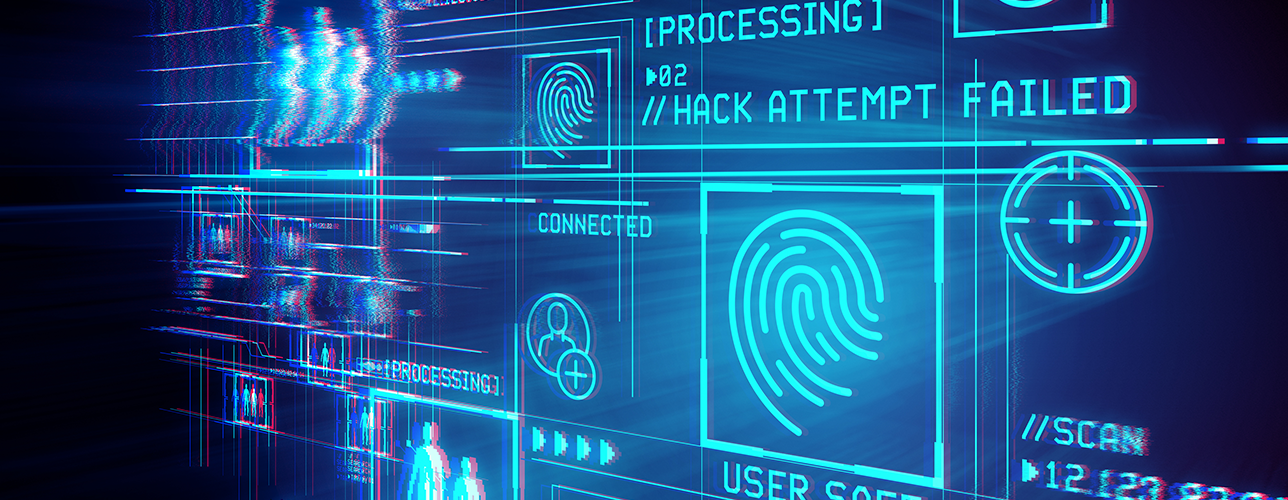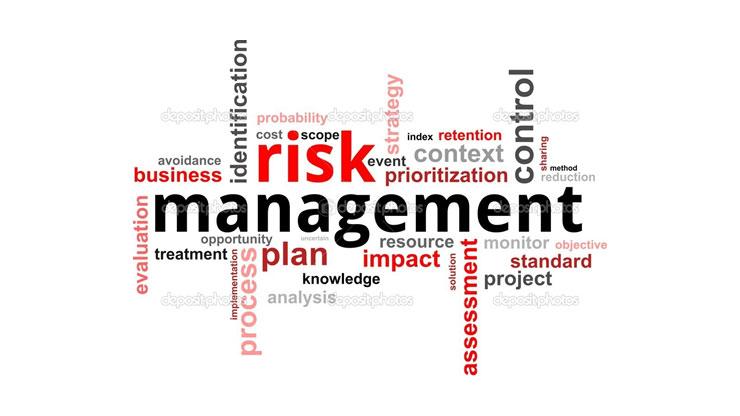ISO 14298:2013 specifies a minimum set of security printing management system requirements. Organizations ensure that customer security requirements are met as appropriate provided these do not conflict with the requirements of ISO 14298:2013.
The ISO 14298:2013 certificate is certifying a world-wide recognition as a security printing operator. The certificate guarantees the review of the safety aspects and the management system by an independent third party (reduction of eternal audits).








